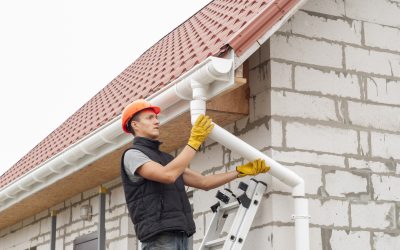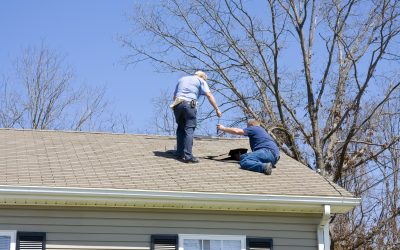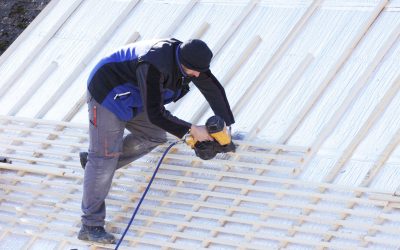Even though they serve the same purpose, there are a number of differences between commercial roofing and the residential version, unless both of the buildings are using pitched or gabled roofs. For example, Commercial Roofing in Corvallis OR tends to use the roofing method known as BUR (Built Up Roofing) because it provides a low cost solution for flat or low sloped roofs. The name is fairly descriptive because the roof begins with one or more layers of asphalt coating over a layer of membrane, usually roofing felt. The asphalt is coated with an aggregate such as pea gravel to add extra weight. One downside to this roofing solution is the fact that walking over it might cause damage.
One of the main benefits to the BUR method is easy repairs. This is often necessary on large buildings that have comfort systems or other equipment installed on the roof. Moving machines, heavy tools or simply walking over an aging BUR system could result in displaced aggregate, gouges in the asphalt or tears in the membrane. Any damage like this could result in water damage to the underlying decking.
The typical decking on small to medium flat roofs tends to be plywood or OSB (Oriented Strand Board). These two materials offer great coverage as long as the wood remains dry. This is because the wood is man-made. That is, the wood has been created from bits and pieces that are held together with resin and compression. In the case of plywood, there are sometimes chips placed between layers of veneer in lieu of alternating panels. Once water enters the picture, the wood is ruined.
Alternatives to the use of BUR include polymers such as PVC (Polyvinyl Chloride) and TPO (Thermoplastic Polyolefin). These are thick sheets of material designed for easy application provided the right tools are being used. In this case, the contractor needs to use robotic welders to ensure a tight weld between the polymer sheets. The other option is a synthetic rubber known as EPDM (Ethylene Propylene Diene Terpolymer). The primary differences to consider with EPDM versus polymers is shrinkage. Installing an EPDM roof may require allowances for any shrinkage caused by weather or age where polymers don’t tend to shrink over time. Click this link and look at more info here.



